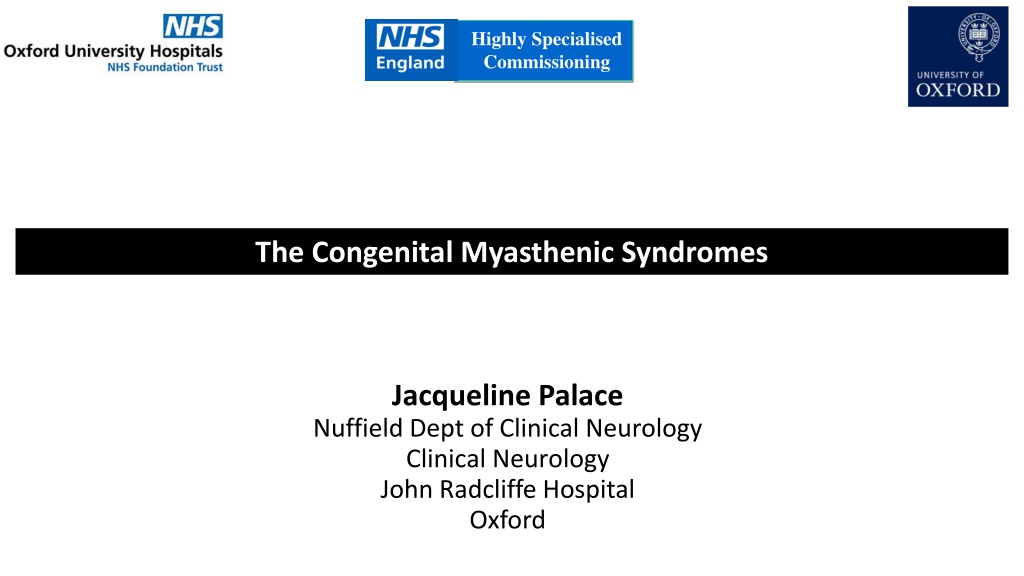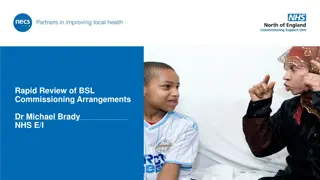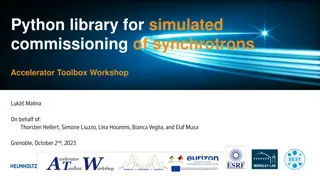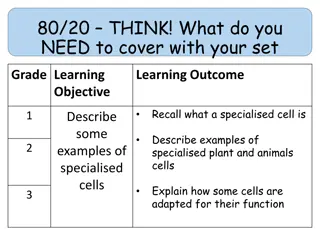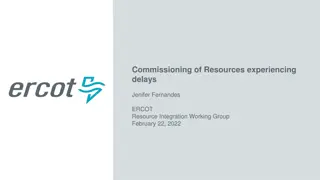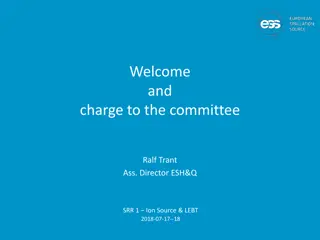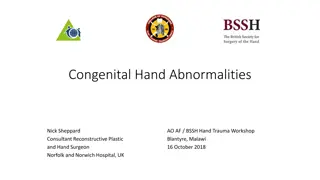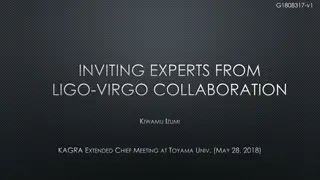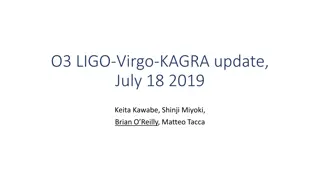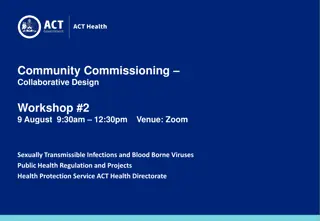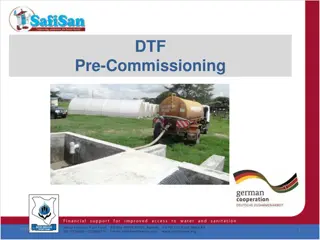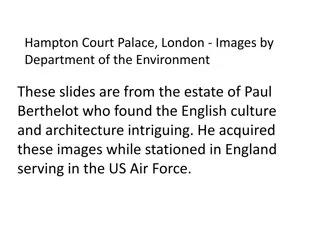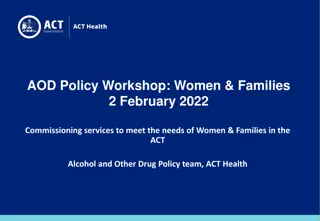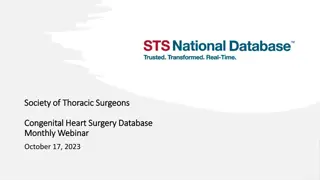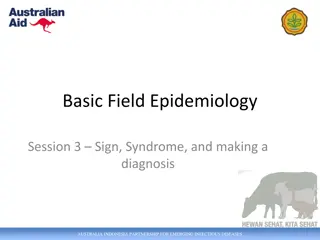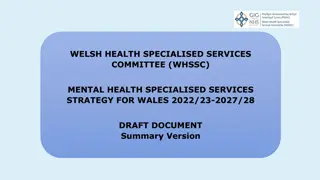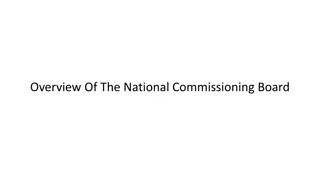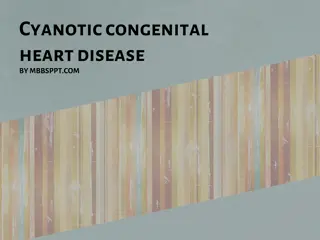Specialised Commissioning for Congenital Myasthenic Syndromes - Overview by Professor Jacqueline Palace
Delve into the highly specialised commissioning of Congenital Myasthenic Syndromes by Professor Jacqueline Palace from the Nuffield Department of Clinical Neurology at John Radcliffe Hospital, Oxford. Explore key messages, learning objectives, and disclosures related to diagnosing, differentiating, and treating neuromuscular junction disorders, focusing on distinguishing myasthenia gravis from congenital myasthenia and understanding CMS genotypes and subgroups. Discover crucial clinical diagnostic clues and tailored treatment approaches to enhance patient outcomes.
- Specialised Commissioning
- Myasthenic Syndromes
- Jacqueline Palace
- Clinical Neurology
- Neuromuscular Disorders
Download Presentation

Please find below an Image/Link to download the presentation.
The content on the website is provided AS IS for your information and personal use only. It may not be sold, licensed, or shared on other websites without obtaining consent from the author. Download presentation by click this link. If you encounter any issues during the download, it is possible that the publisher has removed the file from their server.
E N D
Presentation Transcript
Highly Specialised Commissioning The Congenital Myasthenic Syndromes Jacqueline Palace Nuffield Dept of Clinical Neurology Clinical Neurology John Radcliffe Hospital Oxford
Disclosures Professor Jacqueline Palace has received support for scientific/speaker meetings and honorariums for advisory work From Merck Serono, Novartis, Chugai, Alexion, Roche, Medimmune, Argenx, Vitaccess, UCB, Mitsubishi, Amplo, Janssen. Grants from Alexion, Argenx, Roche, Medimmune, Amplo biotechnology. Patent ref P37347WO and licence agreement Numares multimarker MS diagnostics Shares in AstraZenica. Her group has been awarded an ECTRIMS fellowship and a Sumaira Foundation grant to start later this year. A Charcot fellow worked in Oxford 2019-2021. She acknowledges partial funding to the trust by Highly specialised services NHS England. She is on the medical advisory boards of the Sumaira Foundation and MOG project charities, Is a member of the International Clinical Consortium of the Guthy Jackson Foundation Charity and is on the Board of the European Charcot Foundation and the steering committee of MAGNIMS and the UK NHSE IVIG Committee and chairman of the NHSE neuroimmunology patient pathway and ECTRIMS Council member on the educational committee since June 2023. On the ABN advisory groups for MS and neuroinflammation and neuromuscular diseases.
Learning Objectives How to diagnose a neuromuscular junction disorder Distinguishing myasthenia gravis from congenital myasthenia Outline of the main CMS genotypes Using clinical clues to differentiate the different CMS subgroups: e.g. eye movements, respiratory crises, myopathy mimics, Treatments: differences across the genotypes why the specific CMS diagnosis is crucial in treatment choice
Messages Key messages Lots of clinical diagnostic clues for type of CMS, eg: EOM involvement limb girdle weakness & myopathy worsening with pyridostigmine respond well to specific & different treatments, tailored individualised therapy pyridostigmine and 3,4-DAP can worsen some CMS: important to obtain specific genetic diagnosis 1st as will predict Rx response early appropriate treatment reduces mortality from early life crises, ? prevent permanent progressive endplate damage salbutamol / ephedrine: months to work broadening use barriers to prescribing: all drugs unlicensed lack of familiarity and high doses costs (eg Firdapse)
